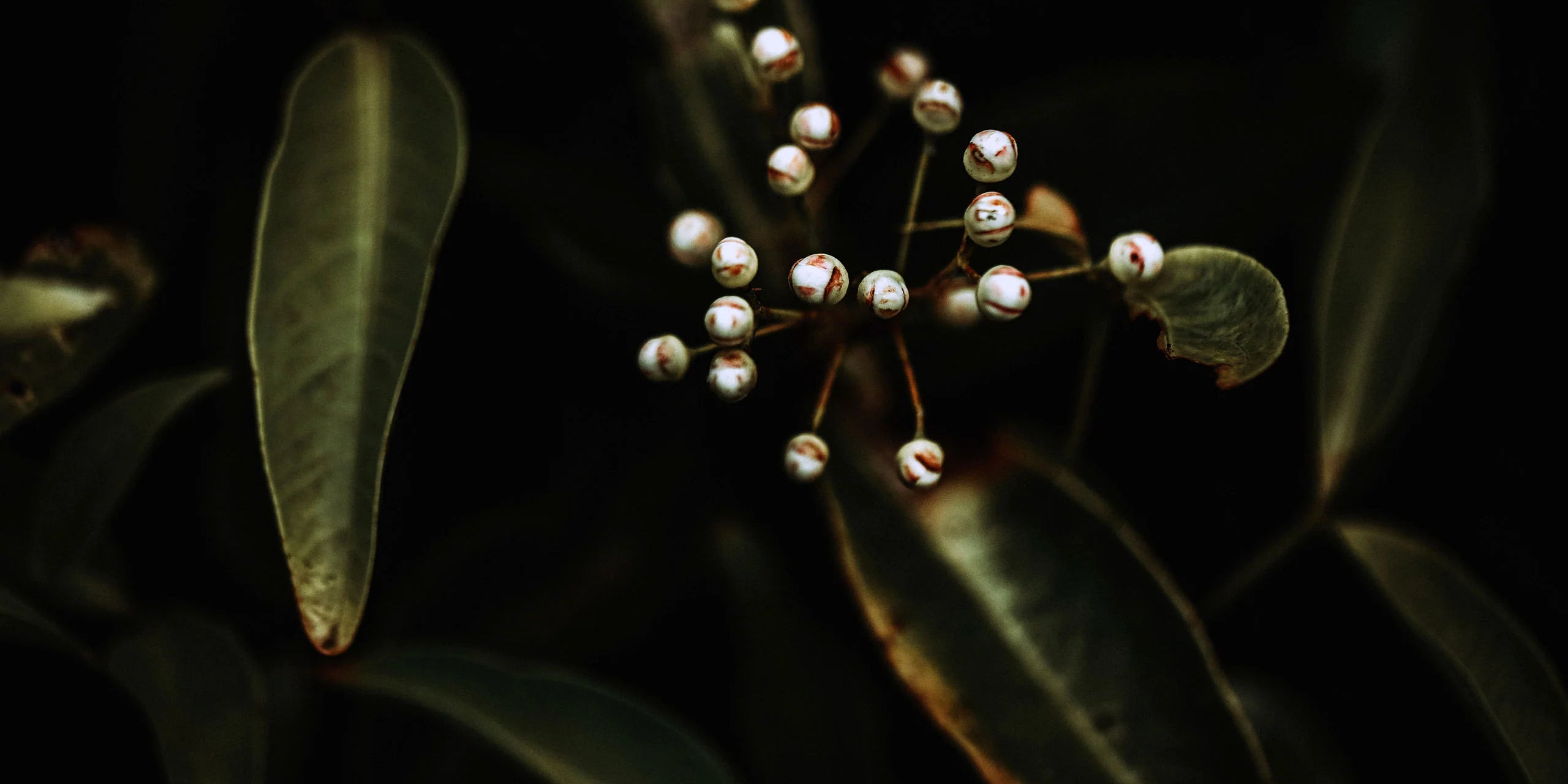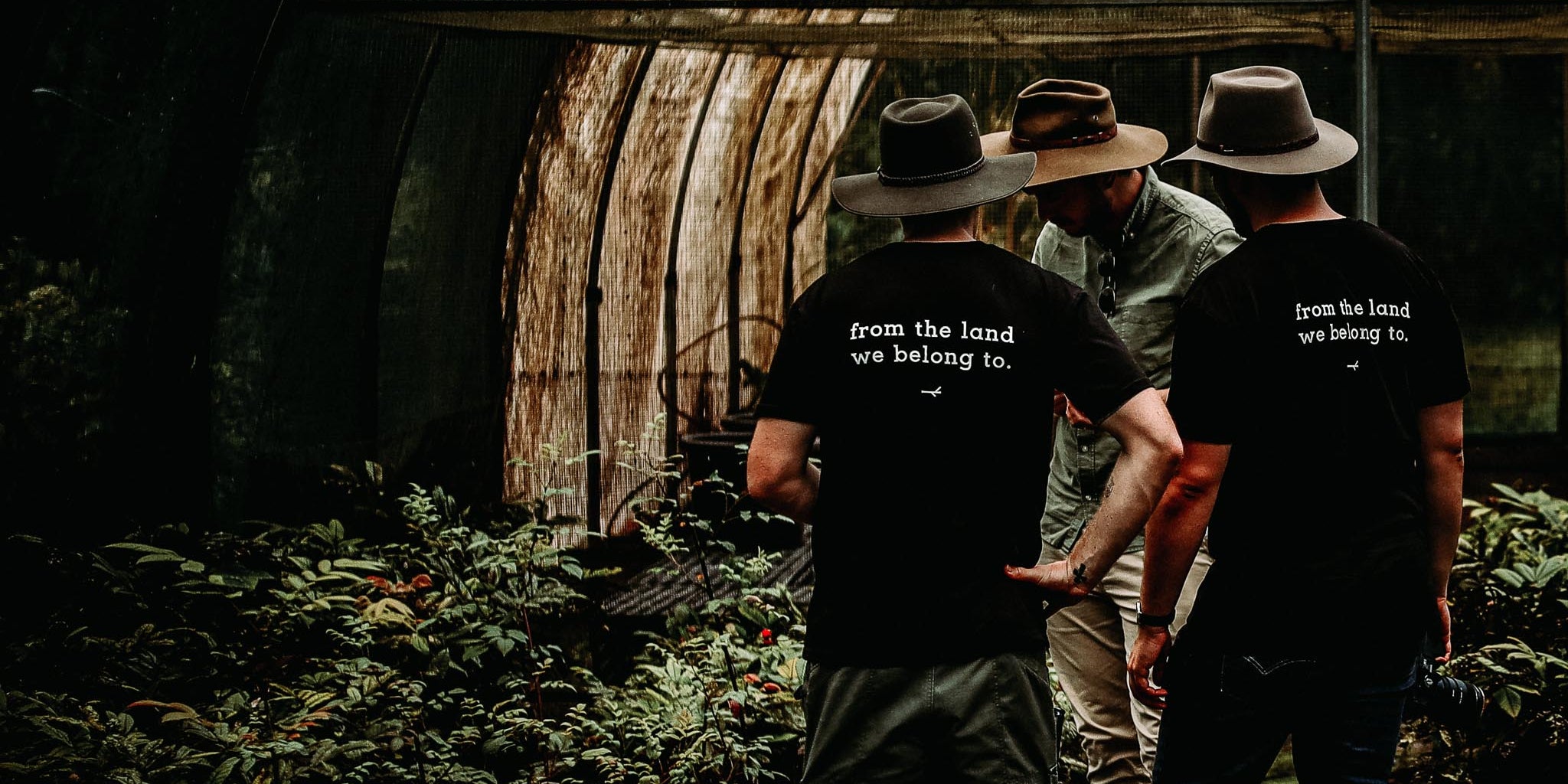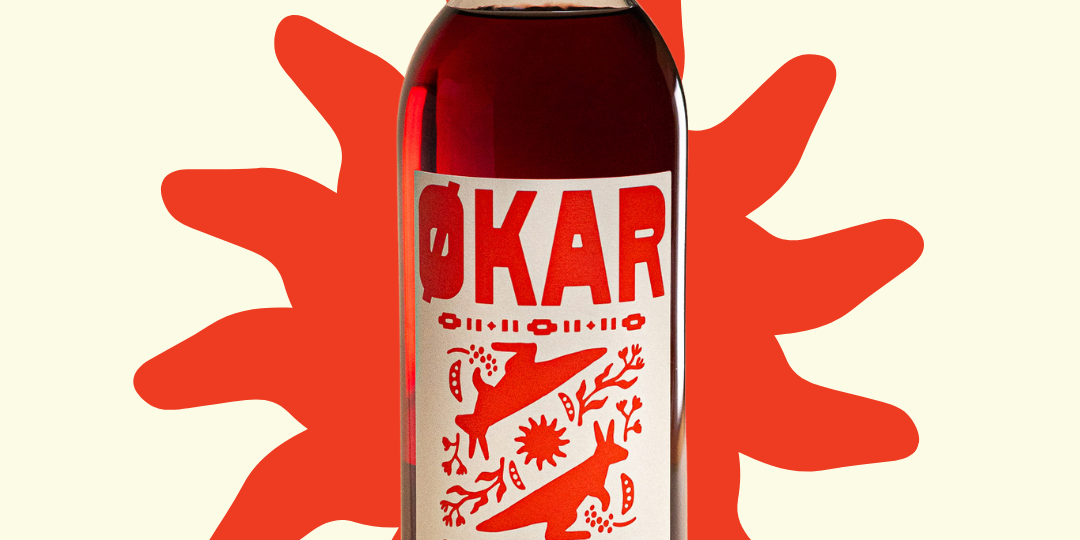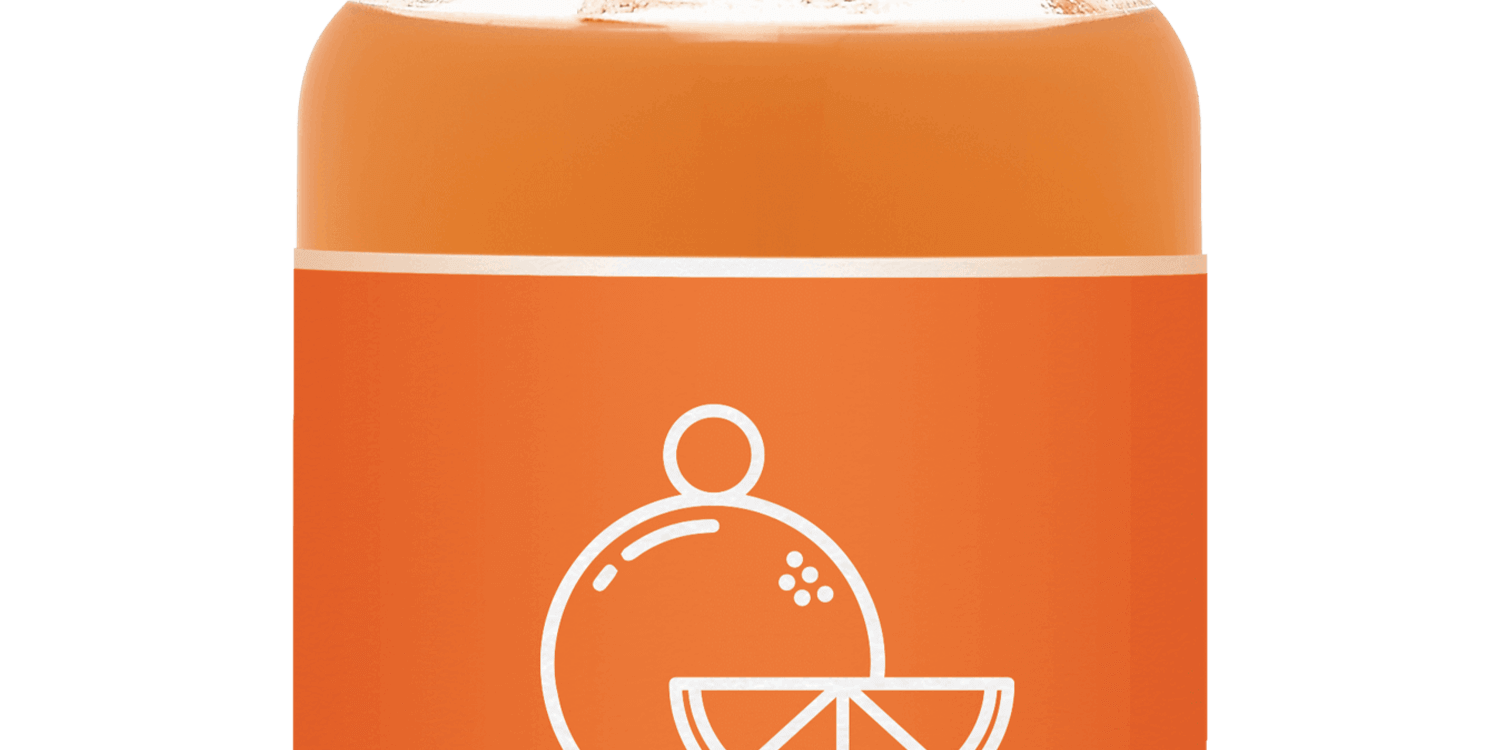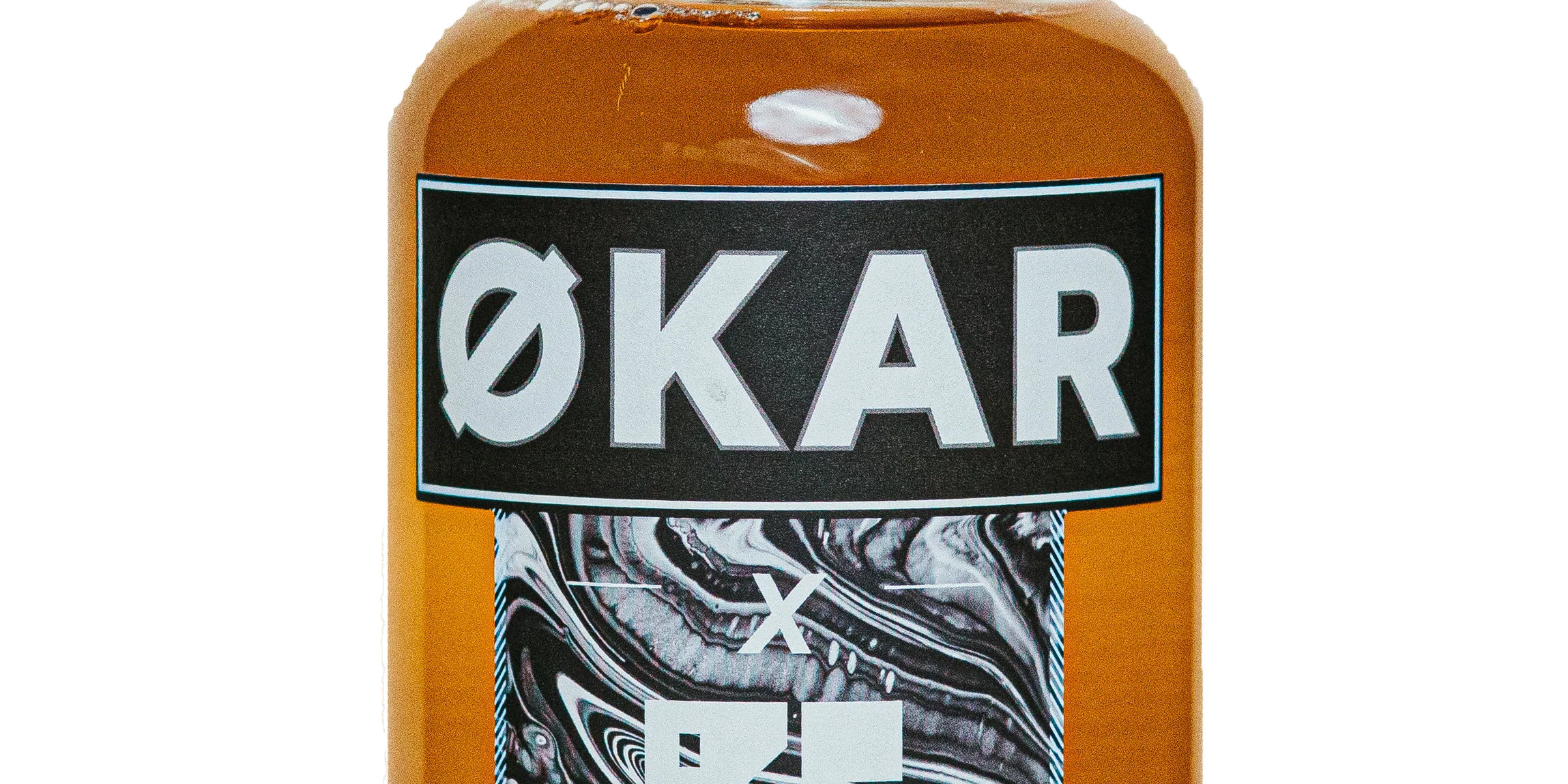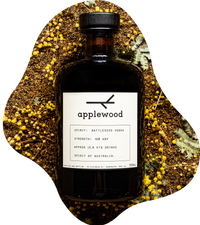Words By Max Allison.
Our feature cocktail for Alpine Gin is a riff on the French 75, which has always been an overlooked gin classic. With Max Allison behind the bar his surgical precision makes the drink even more enthralling. We sat down to chat about not only the history but the flexibility of the drink as your next summer go-to.
-
The French 75 is a cocktail that stands shoulder-to-shoulder with some of the most endearing classics in bartending. It is a simple enough drink to make and incredibly tasty – but its quaffability alone is not the sole reason for its enduring popularity.
But before we go taking apart its components like liquid lego bricks, let's begin with a bit of history.
Prolific cocktail historian David Wondrich, one of the best sources for cocktail history, states that ‘The French 75 as we know it first appears in print in 1927, at the height of Prohibition, in a little volume called Here’s How!’ This recipe was adopted into the Savoy cocktail canon.
However, Jeffrey Morgenthaler has traced the supposed origin of the cocktail to Harry MacElhone and states that it appears in his book “The ABCs of Mixing Drinks” and that MacElhone attributes the drink to a bartender named “MacGarry” the “popular bar-tender at Buck’s Club, London”.
But, as with all great cocktails, there’s some contention to their origin story. In a copy of the book from 1923, there is a recipe for a “75” cocktail composed of grenadine, Calvados, gin and absinthe and on which the very same page MacElhone attributes the “Side-car” cocktail to none other than MacGarry of Buck’s Club.
And so, we return to David Wondrich’s theory. Here’s How, from 1927, on page 28 lists the recipe simply as:
2 jiggers Gordon water;
1 part lemon juice;
a spoonful of powdered sugar;
cracked ice.
Fill the rest of a tall glass with champagne.
Author's Note: If you use club soda instead of champagne, you have a Tom Collins.
It's this recipe that comprises the essential components of the drink we know today. The name is a reference to the 75mm field gun used by the French military in WWI.
Let's look at the name itself – one thing seems to agree with the MacElhone version and the Here’s How/Savoy version: The name references the 75mm field gun used by the French military in WWI.
MacElhone’s recipe claims, “This cocktail was very popular in France during the war, and named after the French light field gun”, whilst The Savoy recipe opts for a more tongue-in-cheek approach pronouncing that the drink “Hits with remarkable precision”.
Wondrich concludes that “In short, the odds are that whoever invented the French 75 didn’t invent anything at all. All he or she did was give it a name. But of course, with drinks, the name is everything”.
But apart from the name, here are the reasons that French 75 has endured as one of the most popular classic cocktails of all time.
easily obtainable ingredients
Any bar attempting to do basic cocktails will have the components required, even the most basic of home cocktail enthusiasts. And if they do not already possess spirits, citrus, sugar and sparkling wine, then a single trip to the supermarket (provided there is a liquor store attached) will stock everything needed in ample supply.
simple recipe
When you’re first learning cocktails, you quickly become fond of drinks with simple recipes. Simple recipes spark joy, like a song with a catchy hook or a movie with a great title. Specs with a rhythm are easily remembered, which (much like a good name) help them spread from bartender to bartender and bar to bar like a bee pollinates a flower.
Similarly, if we look at an example French 75 spec of 45/20/10/60, something becomes immediately apparent. There are only four numbers, they’re all nice and round, and there are no esoteric ingredients. French 75 is a drink, easily recalled, that can be made with any basic cocktail bar set-up.
The secret weapon that sets the French 75 apart is the heavy pour of champagne that follows this classic sour structure and helps give it a leg up on what would otherwise be a gin sour.
“What’s a French 75 again?”
“Gin Sour up, no egg, top with Champagne.”
adaptability
From splitting the citrus base to using an alternative sweetener – the basic possibilities are endless. The basic formula for the French 75 can be modified to suit what’s on hand for the home bartender.
Making some cocktails on the fly for some houseguests, but you don’t have any caster sugar? Honey will substitute just fine. You don’t even need the sparkling wine in a pinch. You could easily use another sparkling alcohol to significant effect, such as some dry apple cider.
Similarly, if you wanted to emphasise a particular aspect of the drink, such as its citrus, you could add an Oleo Saccharum: An essential technique for boosting citrus flavour, which involves extracting the oils from citrus peels by resting them in sugar. I often use 2 parts caster sugar to 1 part water, then diluted to a 2:1 syrup.
None of these versions is an authentic French 75, but like many great recipes, this drink can be replicated with some efficacy by using ingredients similar to those that make up the original formula.
a note on glassware and methodology
Before you move on to shaking up your own French 75, it would be remiss of me not to point out what seems to be the most significant difference between the modern and original incarnations of the French 75: the serving vessel.
Interestingly, the original Here’s How & Savoy recipes call for the drink to be served built over ice and served in a tall glass. This is contrary to the contemporary approach, which involves shaking the first three ingredients and then straining them into a coupette or flute. Both versions finish by topping with champagne.
It is unclear when the shift away from serving the French 75 “long” happened – perhaps it was a move designed to make it more distinct from the Tom Collins, or maybe it was a stylistic choice that spread with the resurgence of retro-chic classic cocktails to make the drink seem more “of-the-era” it was created.
It is important to understand where drinks came from historically and why they were made in a certain way, but blind complacency breeds no innovation. Agree with me or don’t – but the important thing is to decide for yourself.
-------
about the writer
Max Allison is the owner of Good Measure, a new bar opening later this year on Lygon Street, Carlton. His incredible knowledge and persistent dedication to the art of the cocktail will be on full show alongside some other amazing people in the industry from November.
If you want to know more and stay updated, follow @goodmeasuremelbourne
